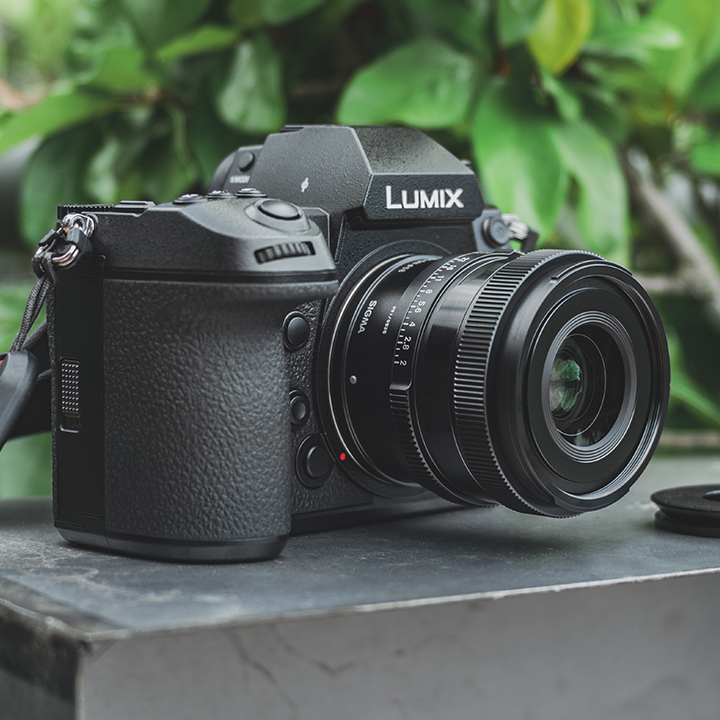Written by Mike Crick
When the new I-Series of lenses was revealed by Sigma late last year I was immediately intrigued. I’ve long thought that the ‘promise’ of full-frame mirrorless has always failed to deliver on one important aspect – size and weight. So when I was given to opportunity to try out the 35mm F2 DG DN and 65mm F2 DG DN I jumped at the chance to take them out and give them a good run.
It’s long been stated that a big advantage mirrorless has over traditional DSLRs is the lack of bulky components like a mirror box and prism, allowing them to be both more compact (due to a shorter flange distance) but also more lightweight. These things are absolutely true, but as any photographer probably knows, the real weight is rarely in the camera itself – it’s actually from the lenses.
Now personally I solved this problem by sticking with an APS-C sized DSLR for situations where I didn’t need the wider field of view and light gathering a full frame sensor offered. For video work, I’ve often advocated for the Micro Four Thirds system for exactly this reason as well. The smaller sensor size allows the lenses to be more portable than full-frame equivalents. This all comes with it’s own costs obviously, but until recently I’d found it was the only way I could strike that balance between image quality and portability. A balance that I had clearly taken for granted shooting 35mm film on a Pentax K1000 many years ago.
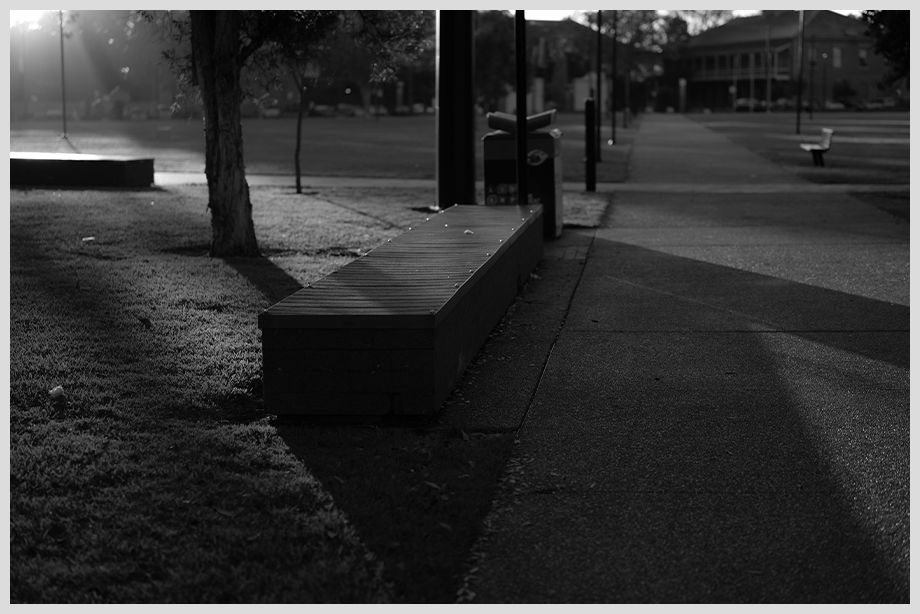
Sigma 65mm F2 DG DN | Contemporary (f/2.0 1/1600sec ISO100)
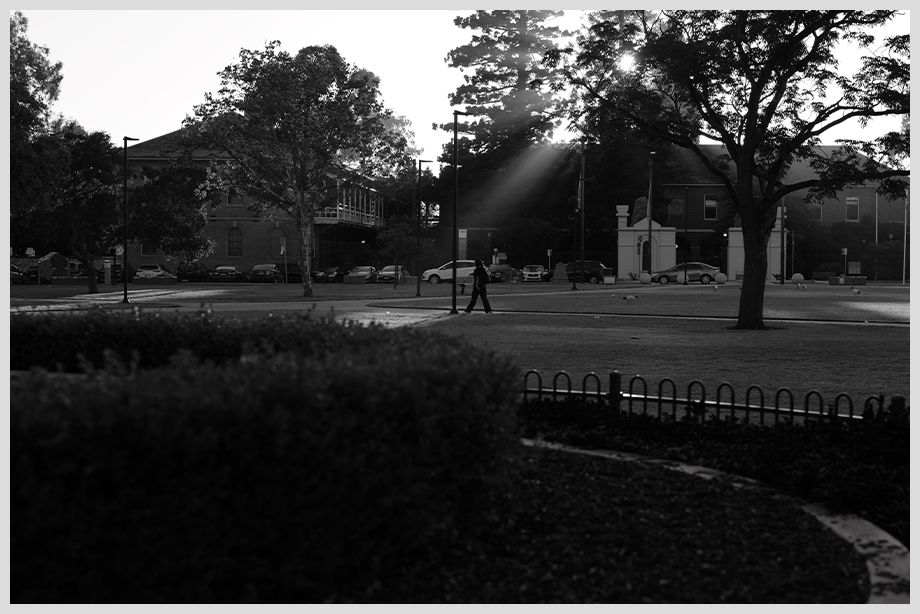
Sigma 65mm F2 DG DN | Contemporary (f/4.0 1/320sec ISO100)
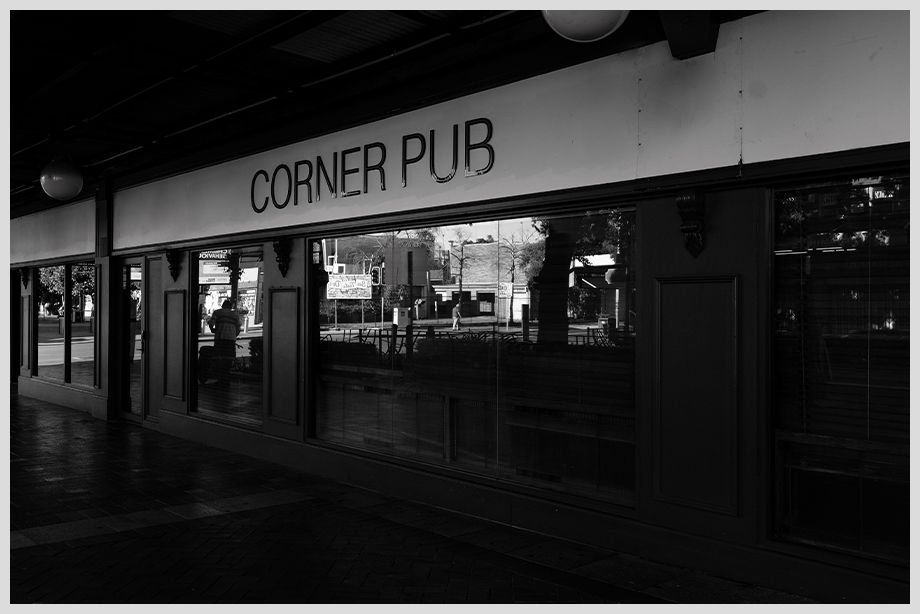
Sigma 35mm F2 DG DN | Contemporary (f/8.0 1/100sec ISO100)

Sigma 35mm F2 DG DN | Contemporary (f/4.0 1/3200sec ISO100)
Sure, mirrorless has given us smaller bodies like the Sony A7C, Panasonic S5 and even Sigma’s own (highly underrated) Sigma FP – but often these bodies are let down by the hulking bricks of glass attached to them. These are not only inconvenient to pack and carry, but also feel unbalanced when attached to these compact camera bodies.
For the last decade or so, lenses have been steadily trending towards “bigger, brighter, sharper” – chasing ever wider apertures and prioritizing light gathering and image quality over everything else. I’m not here to say that’s a bad thing, as someone who shoots products and portraits in a studio quite often, bigger and heavier glass doesn’t stop me using them for those situations. Even when it comes to events or music, the extra weight is often worth the quality gained from using such fast glass in dark event halls and moody concert venues.
With all this however, I’ve often wondered why the trend has gone this way. Shooting outdoor portraits at f/1.2 is a nice look, and it’s amazing that we have lenses which can deliver such sharp results at such a narrow aperture. However, I’ve always believed that the trend towards faster and faster focal lengths has had a detrimental impact on my ability to take photographs – mainly, that I take less of them. Too often I’m finding the size and weight of full-frame glass often requires me to sacrifice diversity in my focal lengths, or accept the extra weight and carry space.
Worse, I know that on more than one occasion the size and weight of lenses has stopped me going out at all.
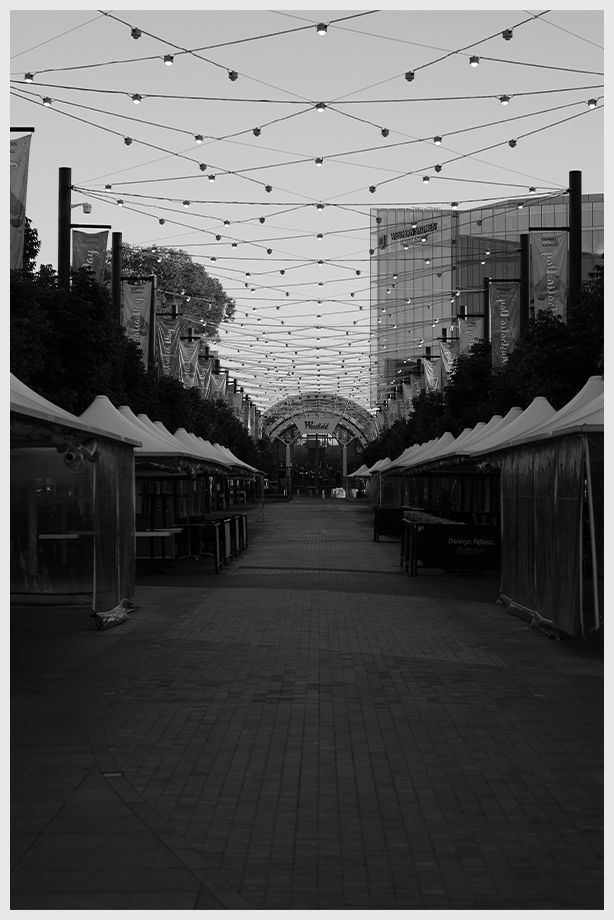
Sigma 65mm F2 DG DN | Contemporary (f/4.0 1/320sec ISO100)

Sigma 65mm F2 DG DN | Contemporary (f/4.0 1/320sec ISO100)
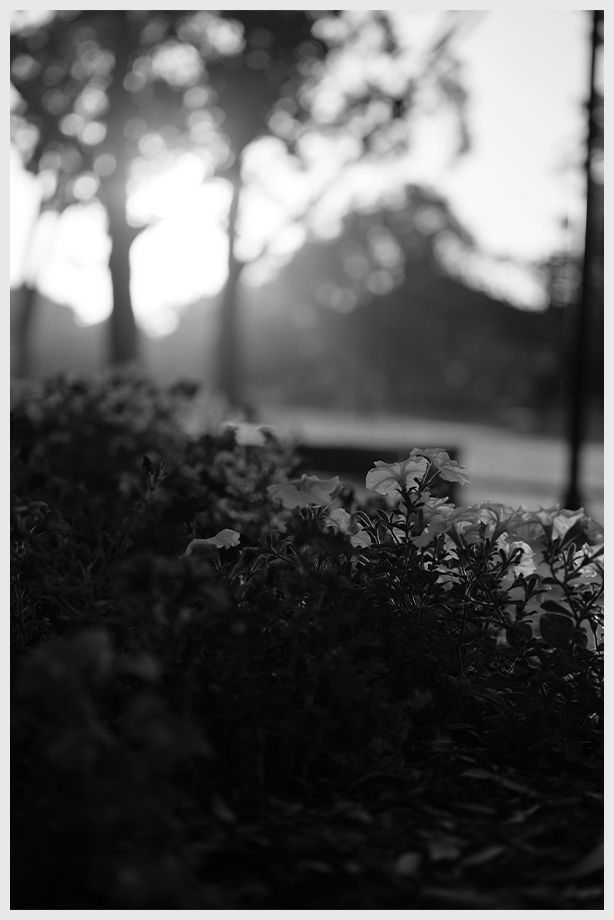
Sigma 65mm F2 DG DN | Contemporary (f/2.0 1/2500sec ISO100)

Sigma 65mm F2 DG DN | Contemporary (f/2.0 1/1600sec ISO100)
This is where the I-Series comes in, finally it seems a manufacturer has recognized this issue and proposed an elegant solution to it. Namely, that smaller and lighter doesn’t have to equal lower image quality, or even a significantly narrower aperture. I might be a minority here, but lenses that offer ‘only’ f/2 at the wide end of the aperture range is more than bright enough for me – especially when those lenses are as sharp as these new offerings from SIGMA.
First off, I fear some may discount these lenses given SIGMA’s decision to badge them as part of the ‘Contemporary’ range rather than the more prestigious ‘Art’ – but I’m here to tell you that those fears are completely unfounded. The overall performance and quality on display here is outstanding, and in line with the best that SIGMA has to offer. I feel the choice behind the Contemporary badge is more a statement about their place in the overall lineup – being catered to those looking for versatility and portability rather than simply sharpness and image quality above all.
To test them out, I decided to head out to my local area and capture some early morning street photography. This seemed a perfect fit for these particular lenses, with their compact form factor, discrete profile and lightweight design. The focal lengths of 35mm and 65mm also felt like a natural choice for this style of shooting.
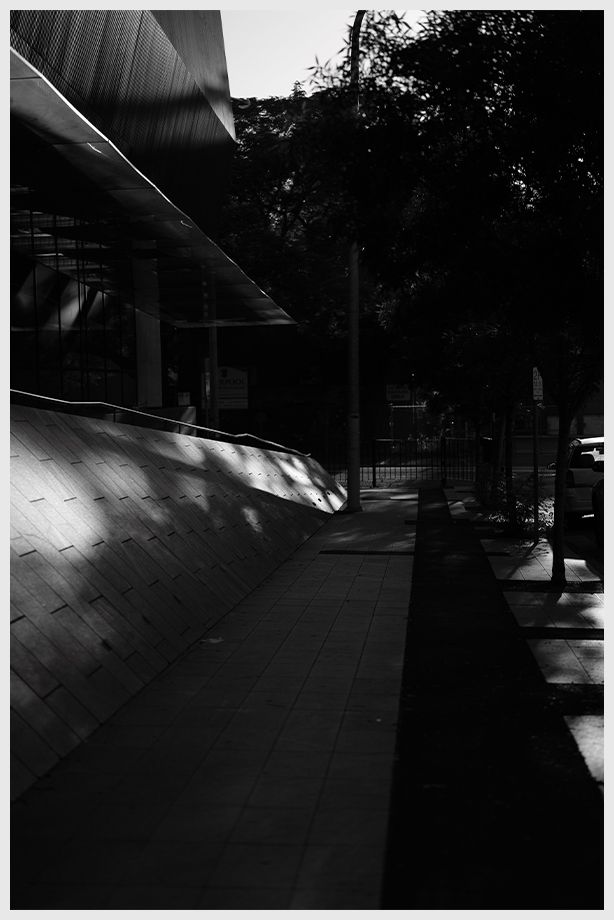
Sigma 65mm F2 DG DN | Contemporary (f/2.0 1/2500sec ISO100)

Sigma 65mm F2 DG DN | Contemporary (f/2.0 1/5000sec ISO100)
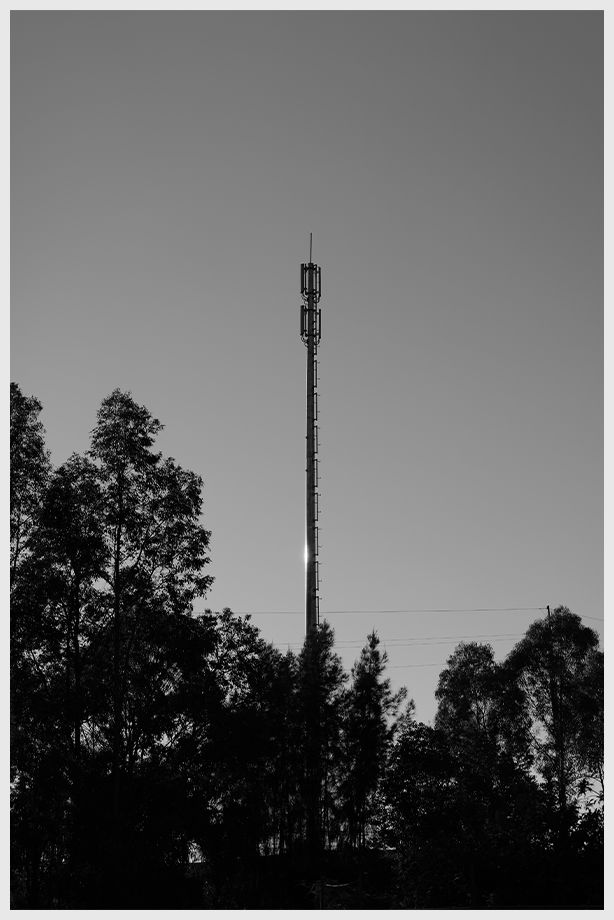
Sigma 65mm F2 DG DN | Contemporary (f/2.5 1/5000sec ISO100)
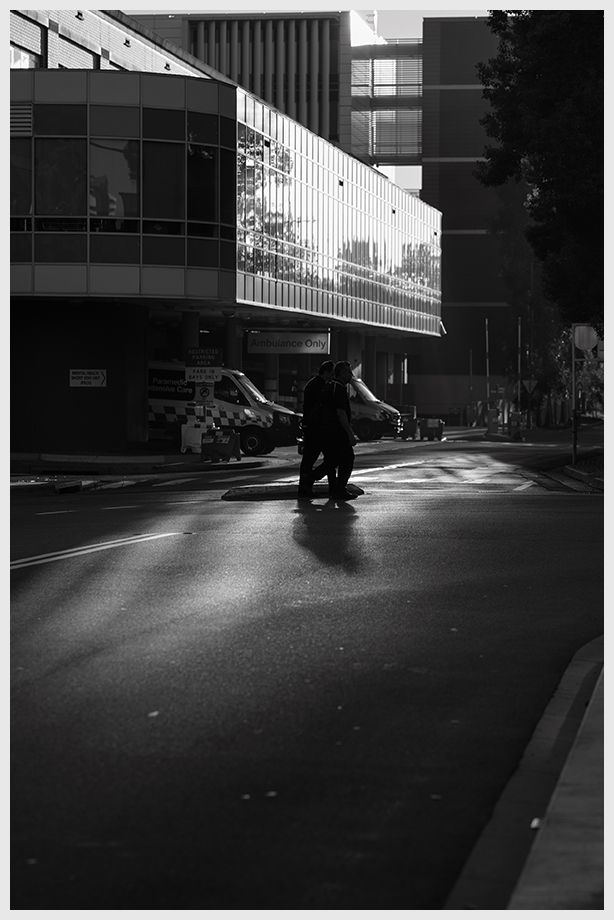
Sigma 65mm F2 DG DN | Contemporary (f/2.0 1/2500sec ISO100)
One thing you’ll notice instantly with the I-Series is their unique build quality, unlike many other lenses of this size, Sigma haven’t compromised on the overall fit and finish with these lenses. Full metal bodies and weather resistant gaskets give me the confidence to go out and shoot regardless of the weather – which on this particular morning was thankfully quite clear.
I started out with the 65mm, an odd initial choice for street shots but I generally prefer a 50mm for street photography as it allows more subject isolation while still providing enough context of the surroundings to capture larger scenes.
I have to say that my initial experience with the 65mm was surprising. I didn’t find the field of view as narrow as expected, and was still able to capture reasonably wide scenes while also being able to isolate my subjects better than a wider focal length could. 65mm strikes a nice balance between an 85mm and 50mm, more so than I anticipated. Given that I was shooting street photography I’d actually expected to favour the 35mm here, but instead I found myself enjoying the 65mm so much that I had to push myself to take it off the camera.
I’m confident I could have walked around all morning and shot with just the 65mm, It was surprisingly versatile and performed well in a wide variety of situations. While not a macro lens by any definition, I didn’t find myself struggling to focus on objects close up and rarely was I finding myself needing to reposition with my feet to get things in the foreground in focus.
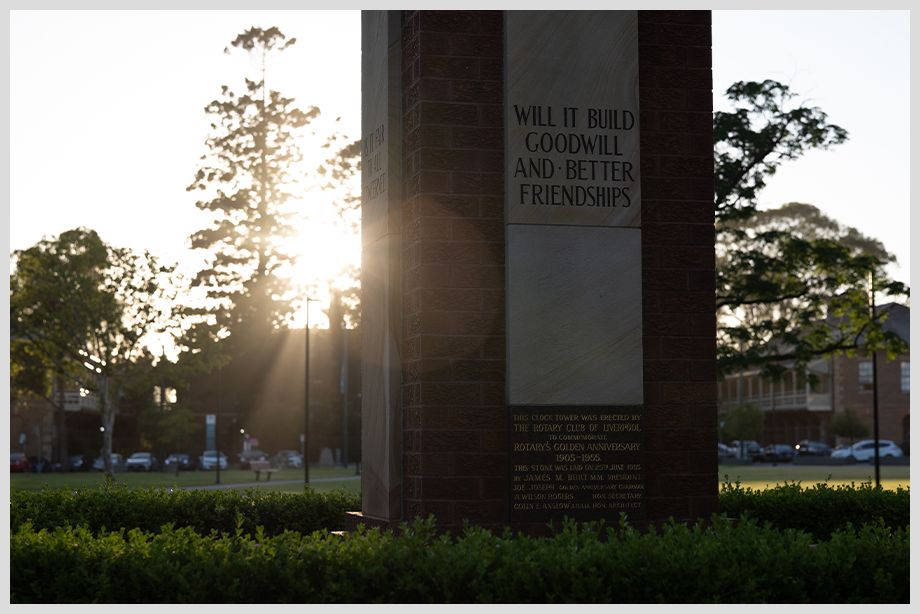
Sigma 65mm F2 DG DN | Contemporary (f/4.0 1/320sec ISO100)
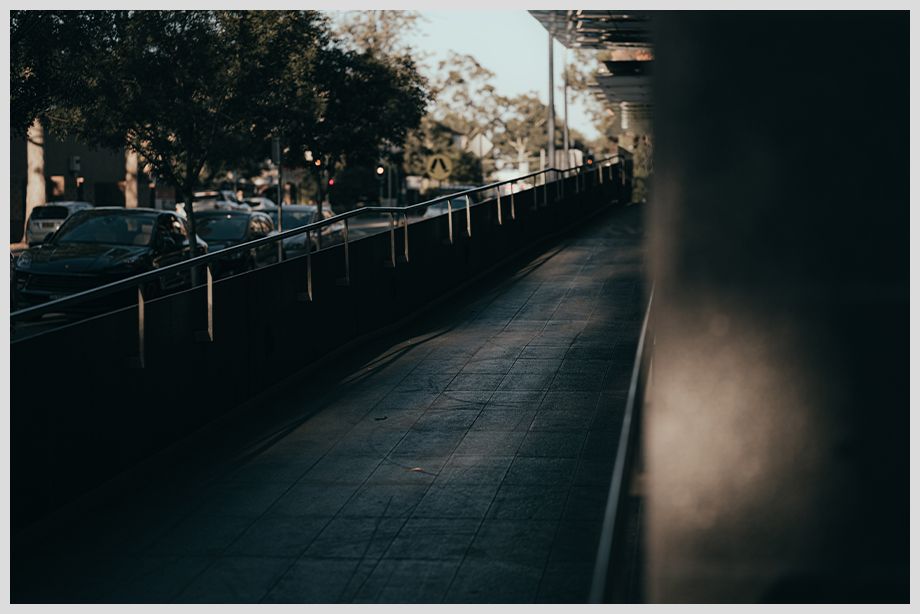
Sigma 65mm F2 DG DN | Contemporary (f/2.0 1/2500sec ISO100)

Sigma 35mm F2 DG DN | Contemporary (f/4.0 1/2000sec ISO100)

Sigma 35mm F2 DG DN | Contemporary (f/2.0 1/8000sec ISO100)
Thankfully, swapping over to the 35mm didn’t leave me disappointed either. This is a focal length I’ve always found a bit tricky to get right personally, being not quite wide, but not quite ‘normal’ either, sitting somewhere in between those two classifications. However I found myself very pleased with the results from this lens.
I found it was able to capture wide scenes with plenty of context, with minimal distortion and vignetting, presenting a very ‘true to the eye’ view of what was in front of me. It offered pleasing sharpness across the range, and even without the lens hood provided controlled flaring, even wen shooting directly into the sun.
Straight forward, neutral, and clean, for those who swear by the 35mm focal length I don’t think they’d be disappointed with the overall performance here. It delivers exactly what people are looking for with this field of view.
Given that I was testing these lenses out, I opted to shoot most of my images wide open at f/2 to get a feel for the character and sharpness at this extreme. This proved fruitful as I found this lens amazingly sharp wide open and was able to focus confidently across the frame. Obviously it’s best in the center, but even on the edges of frame I found images to be more than acceptably sharp.

Sigma 35mm F2 DG DN | Contemporary (f/3.2 1/8000sec ISO100)
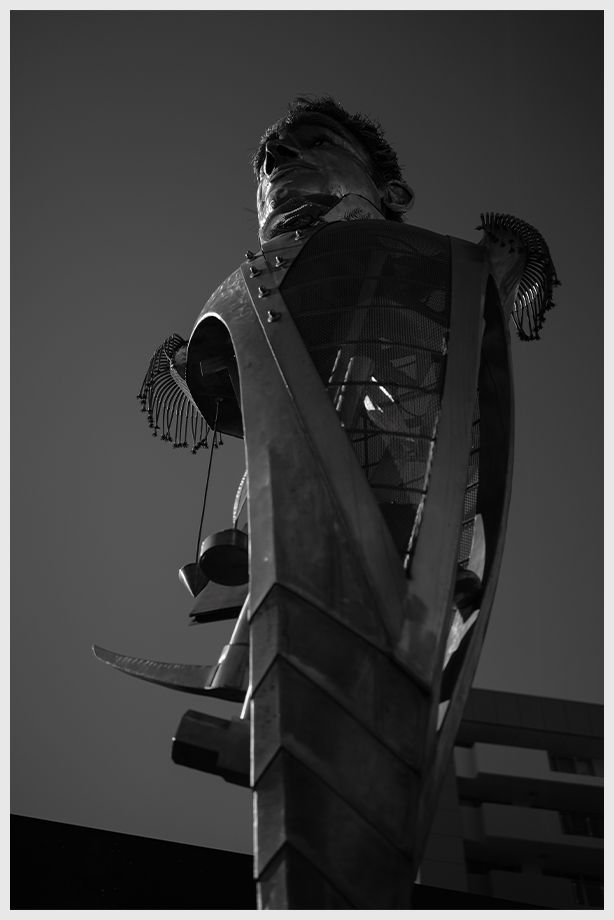
Sigma 35mm F2 DG DN | Contemporary (f/2.0 1/8000sec ISO100)
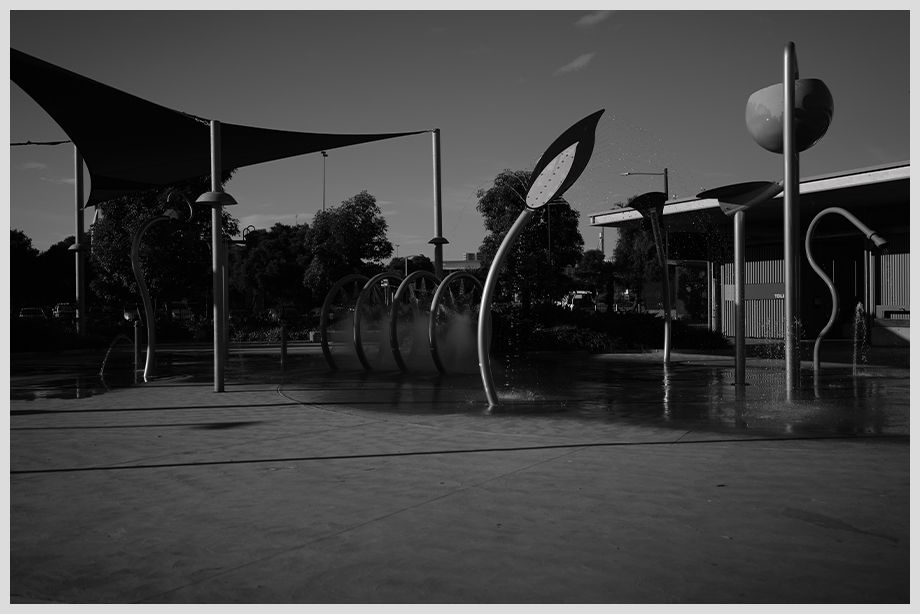
Sigma 35mm F2 DG DN | Contemporary (f/2.0 1/8000sec ISO100)
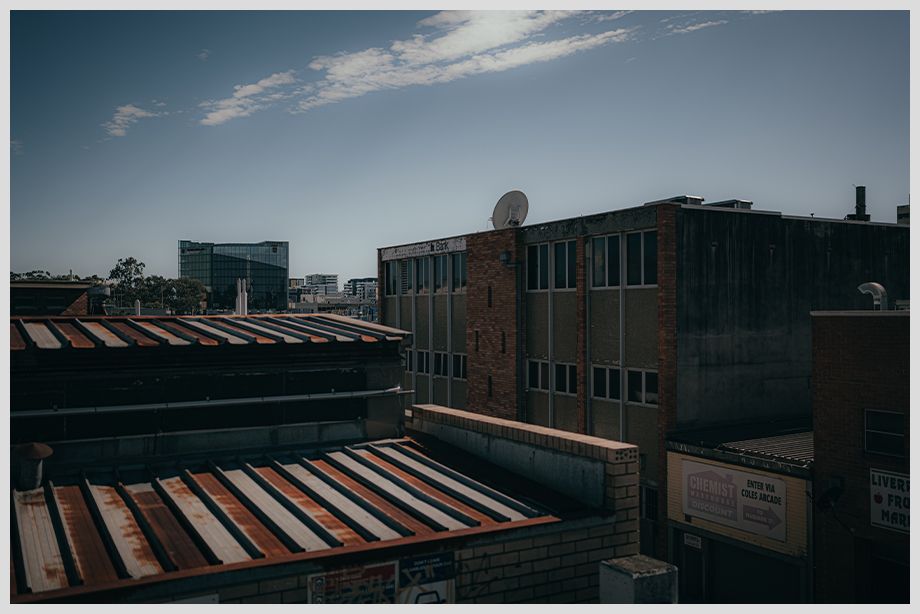
Sigma 35mm F2 DG DN | Contemporary (f/2.0 1/8000sec ISO100)
What’s interesting is the ‘character’ of the sharpness. Often sharpness is represented as an objective measurement by which all lenses can be compared – but I find it’s actually more nuanced than that. For me, sharpness is less of a binary comparison (i.e. a lens is ‘sharp’ or ‘soft’) and more of a gradient between those two extremes. With lenses sitting somewhere across that spectrum. Both the 35mm and the 65mm sit somewhere around the middle of that spectrum, leaning more towards the sharp end. In practical terms, I would describe them as being sharp enough that all the intended objects are clear and the detail is discernible, but not so sharp that it feels clinical.
It lends more of a vintage aesthetic to your images overall, mimicking classic 35mm film lenses – but with all the optical advantages modern glass brings, such as clear contrast, low haze and minimal aberrations.
One last little feature that shouldn’t go without mention is the excellent magnetic lens caps included with both these lenses. Where have these been all my life? Standard pinch style lens caps (which these lenses also include) are great, but can sometimes be a bit fiddly to remove from the lens in the heat of the moment. Often this causes me to simply wander around with the cap off, just so I don’t miss a potential moment. However the magnetic caps are not only secure enough to leave them attached while the camera hangs at my side – but are also so quick to remove that I can leave them on. Protecting the front element while also giving me the confidence that I won’t miss a moment – an excellent balance and something I hope to see more of.
The only downside to the new caps is that they can still be a little tricky to remove if the lens hood is attached. Although no more so than a standard pinch style lens cap. As I generally don’t use lens hoods, this didn’t impact me much, but it is worth noting. Regardless, since SIGMA have included both styles here, it allows you to pick whichever one works in whatever situation you’re in.
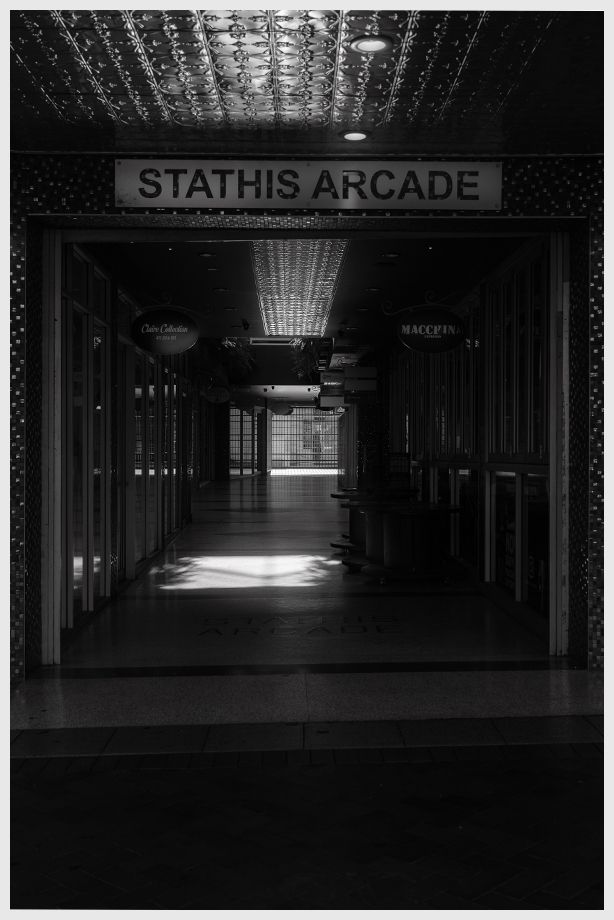
Sigma 35mm F2 DG DN | Contemporary (f/3.5 1/1250sec ISO100)

Sigma 35mm F2 DG DN | Contemporary (f/4.0 1/1600sec ISO100)
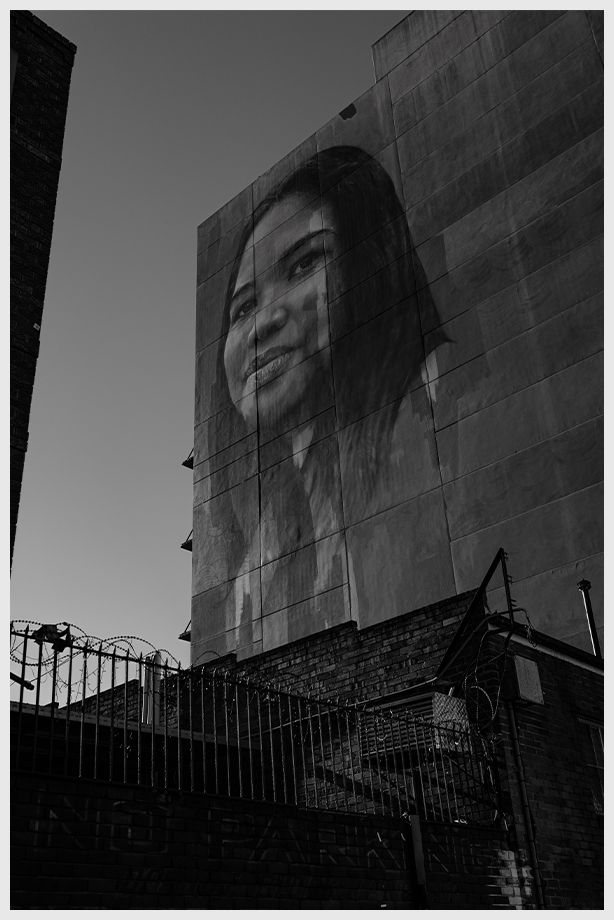
Sigma 35mm F2 DG DN | Contemporary (f/4.0 1/3200sec ISO100)

Sigma 35mm F2 DG DN | Contemporary (f/2.0 1/6400sec ISO100)
Everything else about these lenses can be classified as typical of the performance and character of other SIGMA lenses. Quick and silent Autofocus, pleasing and subtle Bokeh patterns and the aforementioned build quality are all consistent with what we’ve come to expect from SIGMA by now. No disappointments here.
I wasn’t able to test these for shooting video, but given my previous experience with the 45mm for video, I’d have no hesitation using these as a nice set of compact primes. Either as part of a lightweight run-and-gun kit, or paired up with a gimbal. I think a lot of video shooters will find these very practical for a variety of shooting situations.
Overall, I was very pleased with the results and I can see myself really considering an S5 or similar lightweight mirrorless body now that we have a solid set of high-quality lenses to complement their form factor. It’s my sincere hope that these lenses are just the start an overall trend towards lenses which balance size, weight, aperture and cost in a way that focuses on giving the best of all factors, without leaning too heavily into one of them.

